5 Tips for Beginner Runners
So you've laced up your runners and you're ready to smash out your first 5km run. Bet it wasn't as easy as you originally thought, am I right? If you're a newbie runner looking to increase your pace and distance on the track, then here are 5 easy running tips you can follow:
1. Start small
2. Take a break
3. Smaller steps equal bigger results
4. Switch up your training
5. Try different environments
1. START SMALL

So, your mates have talked you into downloading Strava, encouraging you to give this running thing a red hot crack. You see your friends tracking 8, 10, 20 kilometre runs and you're probably sitting there thinking to yourself "pff, I can do that".
Even if you do smash out a 10km run for your first stint, your probably going to pull up feeling pretty average the next day.
If you're new to running we recommend starting out small. Try going for just a 1 - 2km run and seeing how you feel. If you do want to go a little further, try intervals. Say, 2 minutes running / jogging, followed by 2 minutes of walking.
It's okay to start out small and slow in the beginning, in fact it's better! By only going for light, easy runs to begin with you're more likely to run more frequently. And, the more you run, the better you'll get.
Hot tip: Distance over speed.
We all know the saying "slow and steady wins the race". Remember, you're trying to maintain the same pace for the entire duration of your run, so if you go balls to the wall at the start think to yourself "am I setting myself up for success with this pace?".
2. TAKE A BREAK
There's no doubt that most times you finish a run feeling 10/10, and this euphoric feeling may make you want to starting running every day. However, this really isn't a great idea when your new to the running game.
Rest is important no matter what type of exercise you're doing. This is because your body needs time to recover. If you're just going ham on the legs every single day then you're going to over exert yourself, which could potentially lead to overuse injuries.
For new runners a basic running plan can be as simple as run one day, rest the next. It's that easy!
3. SMALLER STEPS EQUAL BIGGER RESULTS
Technique is always key, and a common mistake most newbie runners make is that their stride is way too long.
Take it back a notch, relax, and run at a pace that allows you to take smaller steps. You'll find it is much easier to maintain this pace, helping you go that extra mile.
Once you've been on a few runs try picking up the momentum and see how you go. You can always resort back tip number one once you're ready to increase your distance.
4. SWITCH UP YOUR TRAINING

If you want to improve your running ability then you need to consider various levels of training. Running isn't just about the skill. Your strength, flexibility, and mobility will all impact the efficiency of how you run, which is why it is so important to consider all aspects of fitness throughout your training plan.
Strength training probably has the most biases from runners. This is because some people think that carrying around extra weight from having tree trunk thighs will slow you down. But, reality is, it will probably speed you up!
Having strong a core and legs will not only prevent your risk of injury, but it'll also improve the connection between your brain and muscles, which can help improve your speed and power.
Lifting weights is the most effective and efficient form of exercise to increase your strength. Some of the best leg-strengthening exercises include barbell or dumbbell squats, deadlifts, and lunges.
You can also utilise specialist machines such as a leg press, leg curl, or sissy squat to strengthen your lower body.
5. TRY DIFFERENT ENVIRONMENTS
Different surfaces will impact your runs, so it's important to recognise the effects different environments have on your body and running ability.

• Treadmill: treadmill's are an excellent way for beginner runners to improve their technique, skill and speed. For starters, you aren't at the mercy of the weather, allowing you to run whenever you want. They also offer a cushioned belt which is much less taxing on the knees and joints compared to concrete or asphalt.
• The road / concrete: this is an easy surface to run along, and you'll probably find it's much easier to run at the quicker pace. However, running on the road provides no cushioning for your feet, so you can really feel the impact on your legs.
If you're a newbie runner that notices you hit your steps hard, then we don't recommend running on the road (well, at least not for every run), as you're eventually going to feel the stress in your legs. Try a softer surface until you can run a little lighter on your feet.
• Sand: running on soft sand isn't easy, as your feet tend to sink in with each step. Although, the benefit of this is that you're going to learn to lift your feet higher, which can improve your stride efficiency.
Hard sand will be much easier to run on, although still more difficult than concrete, dirt, or grass. It provides a good cushioning for your feet, reducing the risk of stress injuries. It can also be a great way to strengthen your legs without lifting weights.
• Dirt / bush / grass: another soft terrain that is great for beginner runners. If you do decide to try out a trail run be careful and slow down, you don't want to trip over any rocks or roots.
Hot tip: If you're interested in purchasing a treadmill and need some help choosing the right unit for you, check out our treadmill buyer's guide.
We hope you found these tips helpful! If you try them out and find yourself smashing out a new PB, drop us a comment below! 👇

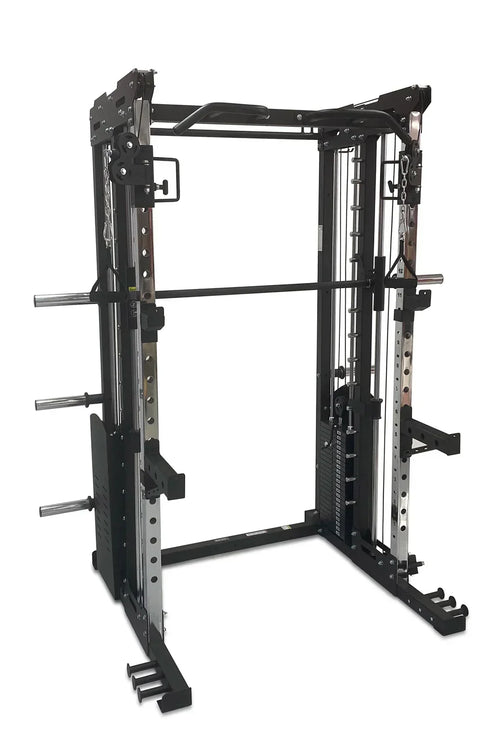
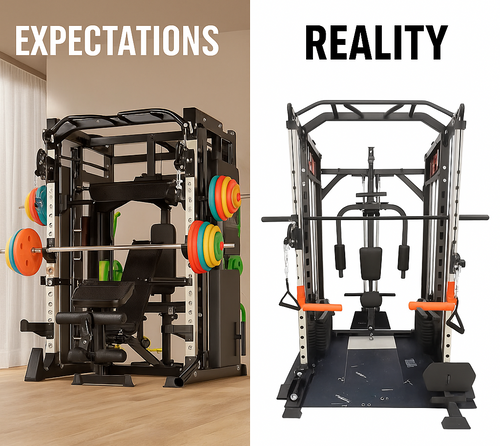
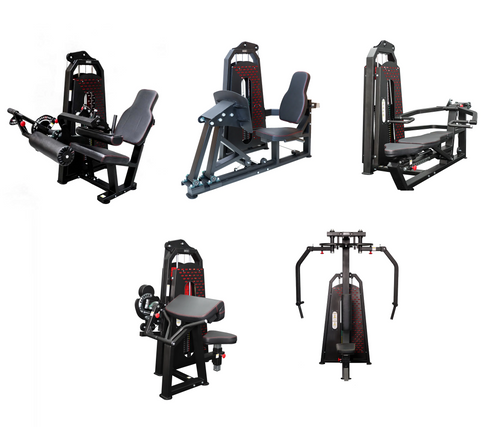
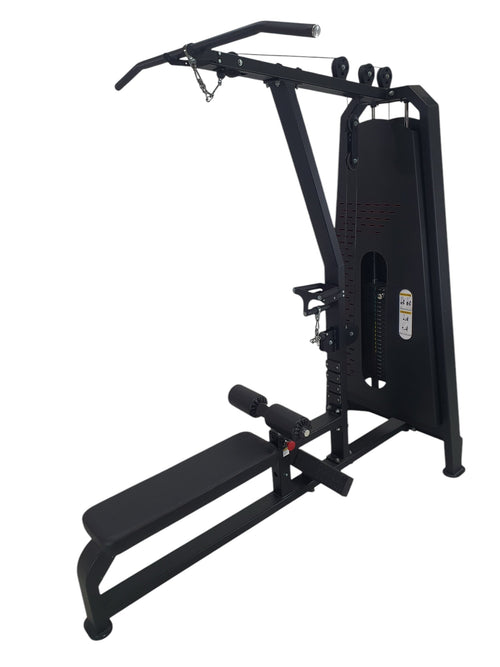
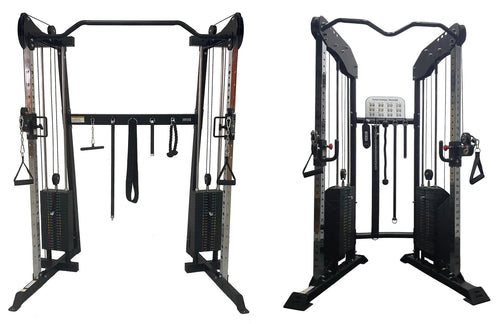
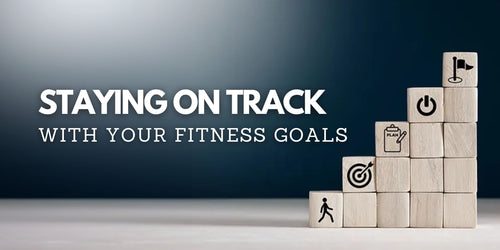
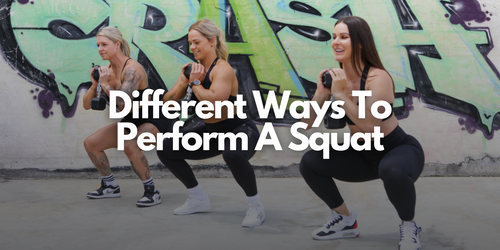



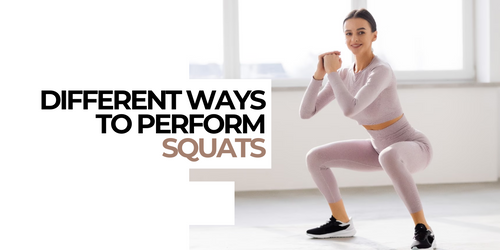



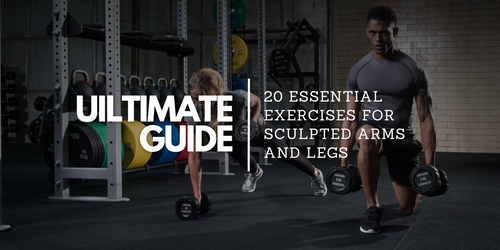




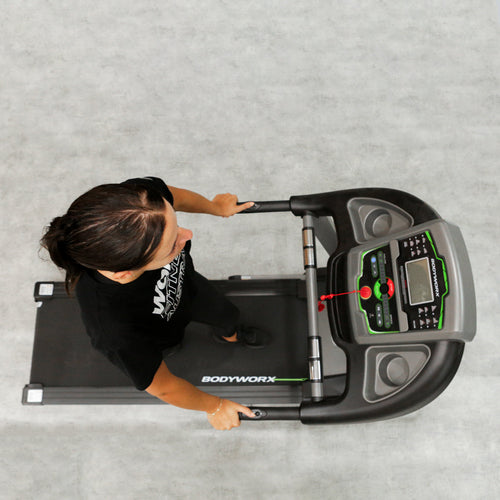
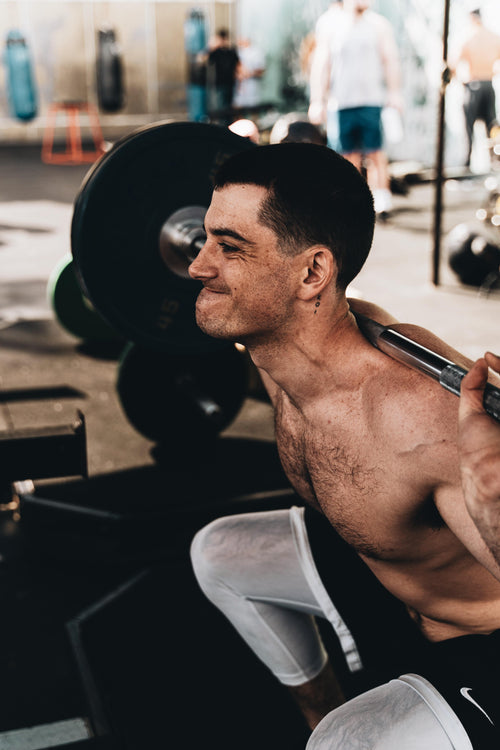


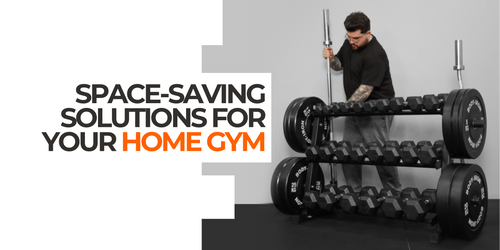
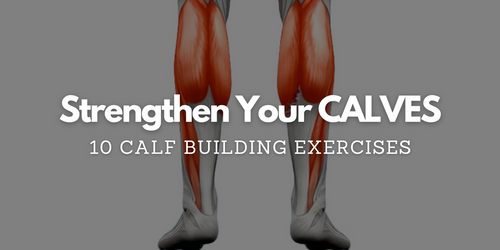
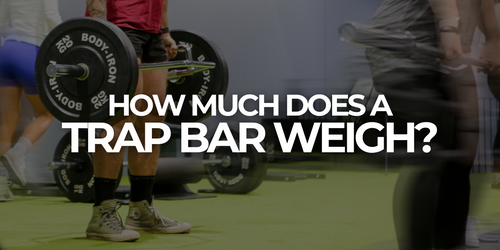
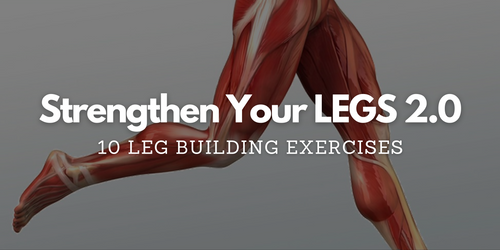
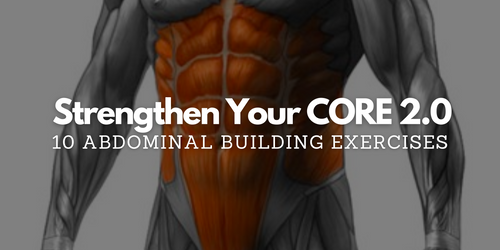

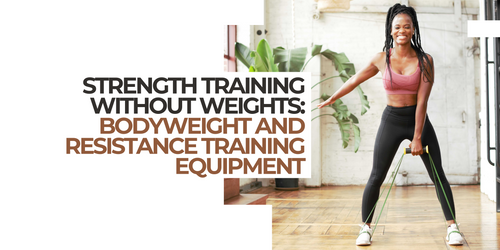
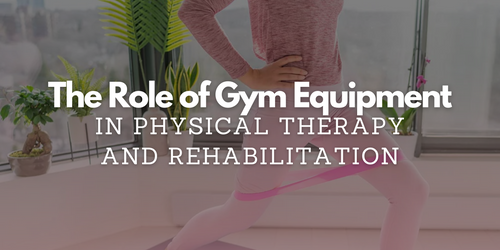
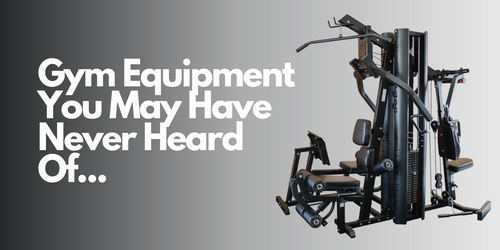
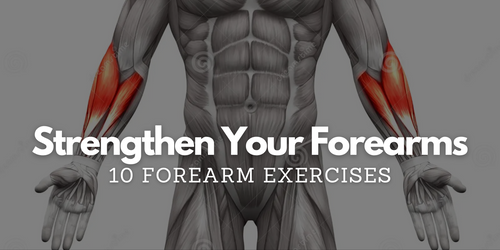

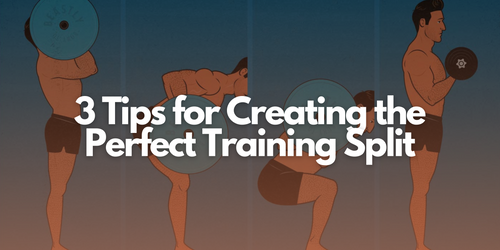


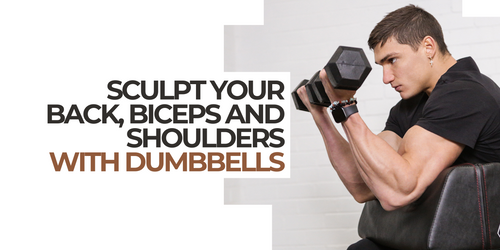

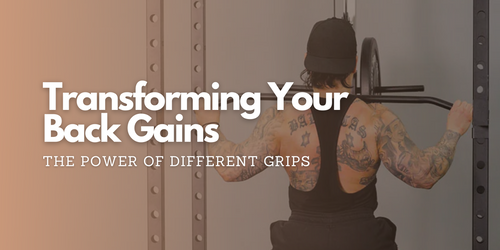
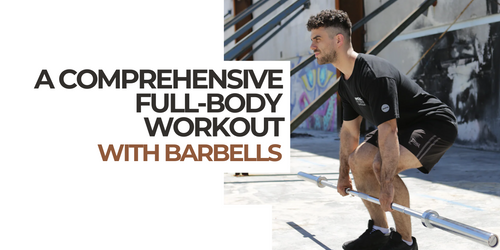
Leave a comment